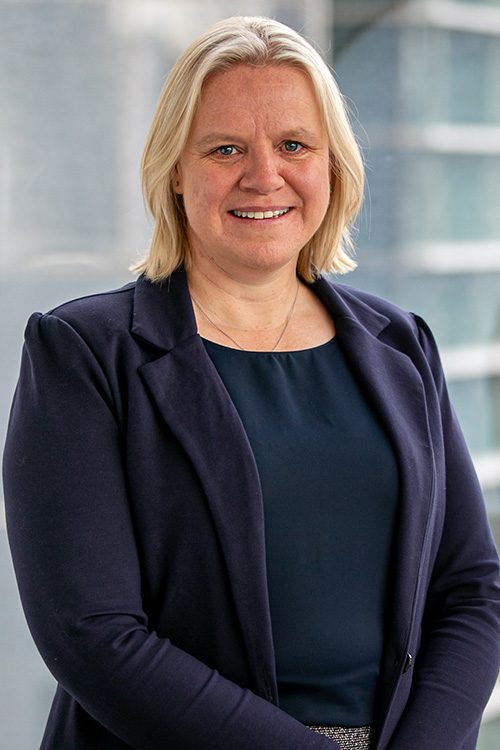The long-awaited update from the ATO on the allocation of profits for professionals has now been released and is already causing some confusion in the medical industry. Keep reading for some of the key facts and how they might apply.
Key facts
- This is not a change of income tax law and it is not legally binding.
- There are no changes to the previous tax rulings that apply to doctors using structures such as companies or trusts nor is it a change to personal services income legislation.
- The PCG release is a compliance guideline which outlines how the ATO intends to apply compliance resources and help professionals self-assess their own risk in accordance with the guidelines. It is not a safe harbour.
- It should be noted that the guidelines are still in draft format and open for consultation from industry and we expect there will be substantial comment.
- The guidelines will apply prospectively from 1 July 2021 and there are transitional arrangements for those looking to restructure and these may be available until 30 June 2023.
What are the changes?
In 2014 the ATO released some guidelines which set out tests that professionals could apply to be seen as low risk of an audit. Then in 2017 they withdrew these guidelines as they felt they were being misinterpreted and advised they would deliver a replacement. It has taken three years for the new guidelines to be released.
These guidelines refer to the taxation of the profit from professional firms. The guidelines cover all professionals including accountants, lawyers, architects, engineers etc and also specifically refer to medical practitioners and their service trusts.
The guidelines outline a series of self-assessments that are assigned a score based on risk factors. These scores are then categorised into a traffic light system. A low score being green and low risk of audit. A high score being red and a high risk of audit.
Before you can apply the scoring of risk factors you need to determine that you can even apply the rules. First, you must have an individual professional practitioner (IPP), the income must not be personal services income and the structure must be considered “commercial”. To achieve this, you must pass the Commercial Rationale Gateway. This Gateway is designed to justify the commercial rationale for using a service entity in the first place. The arrangements must be appropriately documented and be evidenced that the commercial purpose is achieved by having the structure in place.
There must be a commercial basis for the distribution of profits and the individual must receive an amount of profit which reflects their reward for skills and effort.
What does all this mean for you and your structure?
It may be that is time to review your current structure and this is the impetus for that review. I encourage all clients to engage with their accountant/advisor around these guidelines, it may be that no change is required but it is worth having the conversation especially around your usual tax planning time.
If nothing else these changes reinforce the previously held expectation that medical professionals have the majority of the income taxed in the individual practitioner’s hands. As well as the importance of having your documentation in place around your service arrangements.
At William Buck as we work with medical practitioners and understand these rules and common structures we can assist to review your structure. If you would like to review your structure, please contact your local advisor.




































